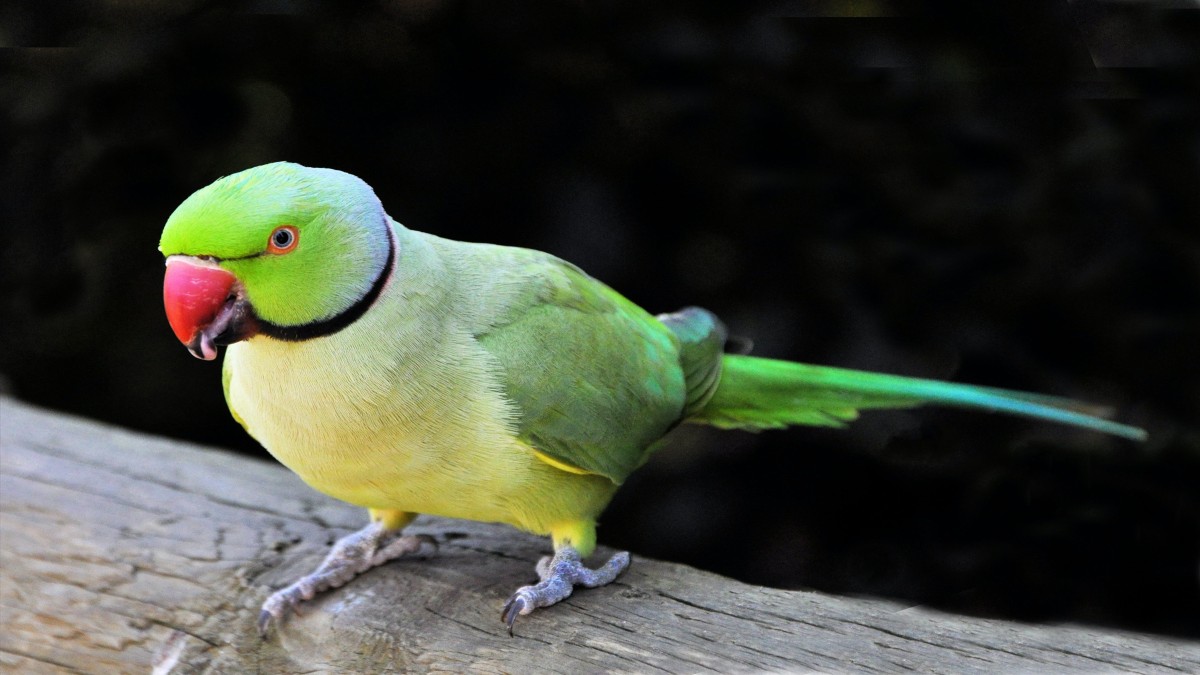A deadly parrot fever outbreak has impacted several European countries recently, the World Health Organization (WHO) said on Tuesday.
The global health agency outlined recent cases from Austria, Denmark, Germany, Sweden, and the Netherlands in an outbreak notification, saying people in most cases were in contact with either pet or wild birds.
The outbreak has persisted since the beginning of this year, having been initially reported in 2023.
Five people have been reported dead.
Here’s all we know about the infection.
What is parrot fever?
Psittacosis, also referred to as parrot fever, is an acute respiratory illness brought on by the bacteria Chlamydophila psittaci, according to the US Centers for Disease Control and Prevention (CDC).
Numerous domestic and wild birds carry the bacterium.
Even though they don’t always appear sick, infected birds excrete the bacteria through their breath or faeces, reported CNN.
How is it transmitted?
According to the CDC, humans typically contract parrot fever by breathing in dust from an infected bird’s secretions.
Bird bites and beak-to-mouth contact can also infect humans.
No animal may contract the disease by eating another that is affected, explained CNN.
Studies indicate that human-to-human transmission is unlikely but not impossible.
According to the WHO, humans have been exposed to sick domestic or wild birds in the majority of recent cases.
Impact Shorts
More ShortsWhat are its symptoms?
The majority of individuals who contract parrot fever experience a mild fever that manifests five to 14 days after coming into contact with an infected bird.
Headache, muscle pain, chills, fever, and a dry cough are some of the possible symptoms, per the CDC.
The infection is treatable with antibiotics, and it rarely kills anyone.
Who is most at risk?
According to The Telegraph, pet owners, poultry workers, and those employed in aviaries or pet stores are the groups most susceptible to contracting psittacosis.
Although it is rare, psittacosis during pregnancy can result in substantial death for both the mother and the foetus.
According to a 2020 study, prenatal psittacosis carries an 80 per cent risk of foetal mortality and an eight per cent chance of maternal mortality.
There have been cases reported when individuals have contracted psittacosis without ever having any known contact with birds.
How bad is the situation in Europe?
As of 4 March, Austria, which usually reports two cases of this disease annually, had 14 confirmed cases in 2023 and four more this year, the WHO said. None of the people reported visiting other countries or coming into contact with wild birds, and the instances are unrelated.
15 to 30 human cases are reported to Denmark annually, with the majority resulting from contact with hobby or pet birds, such as racing pigeons. According to the WHO, as of 27 February, there were 23 reported cases of this outbreak; however, public health officials there believe that the real number of cases is significantly higher. Four of those Danish cases resulted in death, and 17 hospitalised, with 15 suffering from pneumonia. Parrot fever was contracted by at least one person in the country via a pet bird. 12 of the 15 more cases for which exposure data was available claimed to have come into contact with wild birds, mostly via bird feeders. The patients in three of the cases had no prior experience with birds of any type.
In 2023, there were 14 confirmed cases of parrot fever in Germany. This year, there have been an additional five. 16 of the individuals were hospitalised and nearly all of them got pneumonia. Five of the 19 cases in Germany involved contact with sick pet chickens or birds.
Since 2017, there has been an upsurge in parrot fever cases in Sweden, the group said. It recorded 26 cases, an exceptionally high number for late November and early December. This year’s total of 13 cases is less than the total number of cases recorded for the same period in the previous five years.
The WHO reported that the number of cases in the Netherlands has also increased, with 21 cases from late December to 29 February — twice as many as in prior years. Around nine cases are reported there annually, on average. There has been one death and everyone in the latest Dutch cases is in the hospital. Six reported coming into contact with the faeces of wild birds, seven with those of domestic birds, and eight with no contact at all with birds.
Between 1984 and 2007, around 150,000 were brought into Europe as pets, and many of them were released from captivity, according to a report by The Telegraph.
What is WHO saying?
The group also mentioned that to more accurately estimate the prevalence of C psittaci in wild birds, lab sampling of wild birds is being conducted and that national surveillance systems are closely monitoring the situation. As of now, there is little risk to human health, per the WHO.
“While birds that carry this disease could be crossing international borders, there is currently no indication of this disease being spread by humans nationally or internationally,” the WHO said.
The group is advising medical professionals to be alert for the infection and cautioning workers who frequently handle birds, as well as owners of pets, to practise excellent hand hygiene.
According to the global health agency, owners of pet birds should take care to maintain clean cages and refrain from overcrowding.
The impacted nations are looking into case clusters and exposures, according to the Center for Infectious Disease Research and Policy. The only nation where there was a change in diagnostic testing practices was Sweden, which could account for the rise in instances that were reported.
With inputs from agencies


)

)
)
)
)
)
)
)
)



